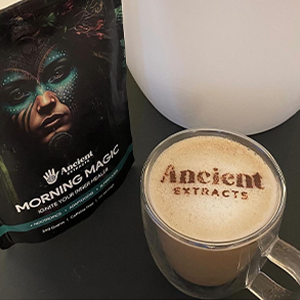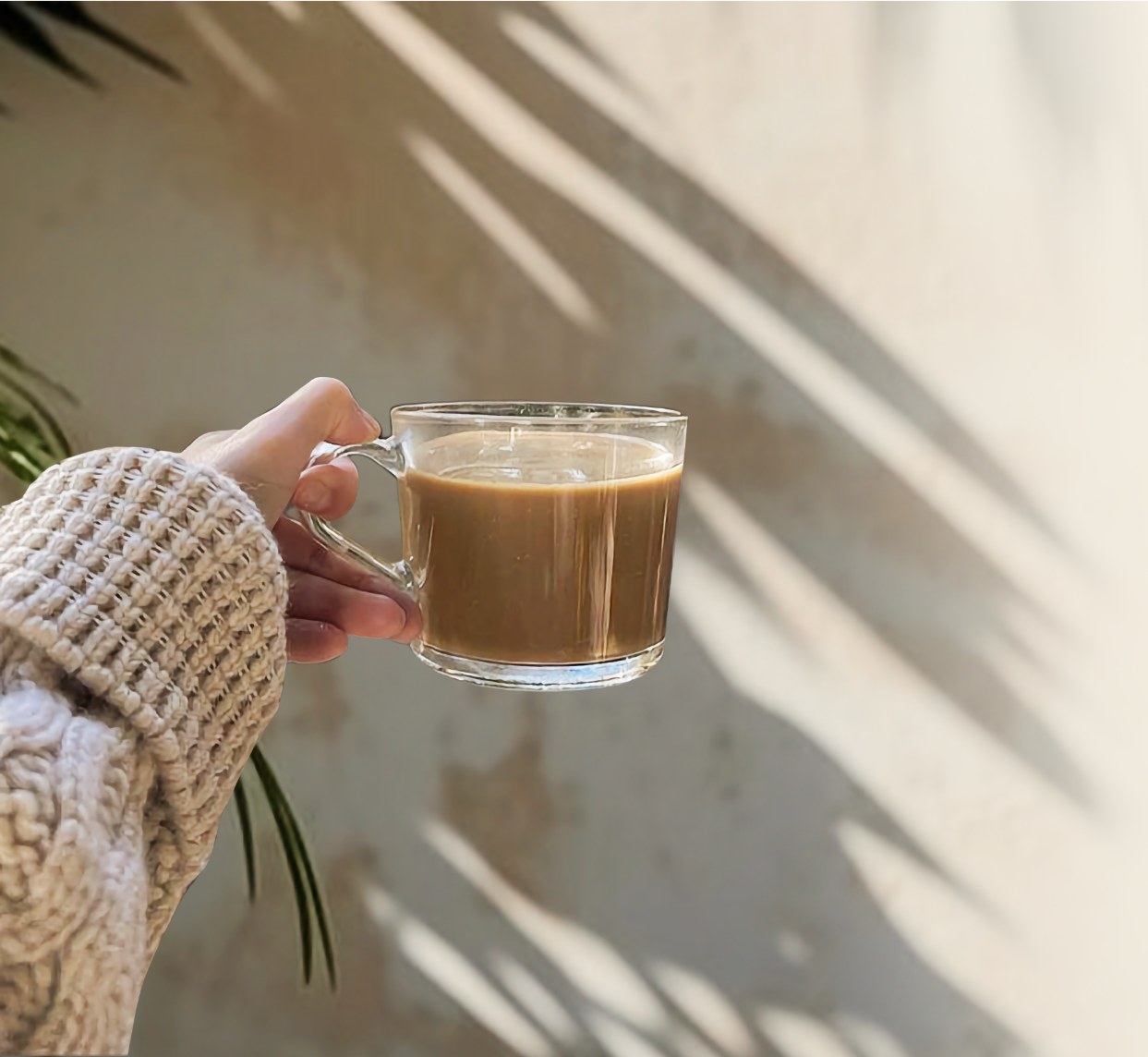Buy your weekday smoothies and get your weekend ones for free. (7 for the price of 5!)

Ceremonial Grade Matcha: The Ultimate Guide to Premium Green Tea
In recent years, ceremonial grade matcha has become a global sensation, finding its way from traditional Japanese tea ceremonies into modern kitchens and wellness routines. But behind the buzz lies centuries of cultural tradition and a carefully refined process that makes this tea powder one of the most prized forms of green tea in the world.
Unlike ordinary green tea, matcha is grown, harvested, and processed with extraordinary care. The ceremonial grade variety is considered the finest quality, offering a silky texture, vibrant green color, and naturally sweet umami taste. It’s not only delicious but also brimming with health benefits, from enhancing mental focus to providing a steady source of energy without the jitters often associated with coffee.
In this comprehensive guide, we’ll explore everything you need to know about ceremonial grade matcha — what it is, how it differs from other types of matcha, its health benefits, preparation methods, and how to make sure you’re buying authentic, high-quality tea. By the end, you’ll know exactly why this special green tea deserves a place in your daily routine.
What Is Ceremonial Grade Matcha?
At its core, ceremonial grade matcha is the purest and highest quality form of powdered green tea. It originates from Japan, where it plays a central role in chanoyu (the Japanese tea ceremony), a centuries-old tradition that emphasizes mindfulness, harmony, and respect.
How It’s Grown and Produced
The production of ceremonial matcha begins weeks before the harvest. Farmers carefully shade the tea plants for about 20–30 days, limiting their exposure to sunlight. This shading process boosts chlorophyll levels, resulting in the vivid green color that distinguishes premium matcha. It also increases the concentration of amino acids, particularly L-theanine, which contributes to matcha’s smooth, umami-rich flavor.
Once harvested, only the youngest and most tender leaves are selected. These leaves undergo steaming to preserve their nutrients and are then carefully stone-ground into a fine, silky powder. The grinding process is slow and deliberate — producing just 30–40 grams of matcha per hour — which ensures the powder remains cool and retains its vibrant flavor profile.
Characteristics of Ceremonial Matcha
- Color: Bright, electric green due to high chlorophyll.
- Flavor: Smooth, naturally sweet with subtle umami notes and minimal bitterness.
- Texture: Extremely fine and silky.
- Purpose: Intended to be whisked with hot water and consumed plain.
Unlike culinary grade matcha, ceremonial grade isn’t typically used in recipes. Its delicate flavor is best appreciated on its own, allowing you to fully experience its richness and depth.
Ceremonial vs. Culinary Grade Matcha
Many newcomers to matcha are surprised to learn that there are different grades, each with specific uses. The two most common are ceremonial and culinary grade matcha.
| Feature | Ceremonial Grade | Culinary Grade |
|---|---|---|
| Color | Bright, vibrant green | Dull green or yellowish |
| Flavor | Smooth, umami, lightly sweet | Stronger, slightly bitter |
| Texture | Silky, very fine powder | Less fine, sometimes grainy |
| Use | Best enjoyed plain in tea ceremony style | Great for lattes, smoothies, baking |
| Price | Higher due to quality and labor | More affordable |
The main difference lies in taste and intended use. Ceremonial grade is crafted for drinking as pure tea. Its delicate flavor doesn’t need additives like milk or sugar. Culinary grade, on the other hand, is designed to stand up to other ingredients, making it better suited for recipes and modern matcha lattes.
It’s worth noting that culinary grade isn’t “bad” — it’s just different. Both have their place. But if your goal is to experience matcha as it was originally intended in Japanese tradition, ceremonial grade is the way to go.
Health Benefits of Ceremonial Grade Matcha
Beyond its cultural and culinary significance, ceremonial grade matcha is valued for its impressive health benefits. Here’s what makes it such a powerhouse:
1. Rich in Antioxidants
Matcha contains exceptionally high levels of catechins, a class of antioxidants. One of the most notable is EGCG (epigallocatechin gallate), which has been studied for its role in reducing inflammation, supporting heart health, and even helping protect against certain chronic conditions. In fact, a single serving of matcha can provide significantly more antioxidants than regular green tea.
2. Sustained, Calm Energy
Matcha contains caffeine, but unlike coffee, it delivers a smooth, sustained energy boost. This is thanks to L-theanine, which slows the absorption of caffeine, preventing jitters and crashes. Instead, you experience calm alertness that can last for several hours.
3. Enhanced Mental Focus
L-theanine not only balances caffeine but also promotes mental clarity and focus. Many people use ceremonial matcha as a pre-study or pre-work drink, as it helps sharpen attention while keeping the mind relaxed.
4. Detoxification and Immune Support
The high chlorophyll content helps the body flush out toxins while providing support for liver function. Combined with catechins and polyphenols, matcha can also strengthen your immune system and protect against harmful free radicals.
5. Weight Management Support
Some studies suggest that matcha may help boost metabolism and support fat oxidation during exercise. While it’s not a magic weight-loss solution, incorporating it into a balanced diet and lifestyle can contribute to healthy weight management.
6. Stress Reduction and Mood Enhancement
The combination of L-theanine and caffeine has been shown to improve mood and reduce feelings of stress. Drinking ceremonial matcha can become a mindful ritual, encouraging relaxation and presence.
How to Prepare Ceremonial Grade Matcha
Preparing ceremonial matcha is more than making tea — it’s a ritual of mindfulness. Here’s the traditional method:
- Sift the matcha. Place 1–2 grams of powder through a fine sieve into a tea bowl (chawan) to avoid clumps.
- Add hot water. Pour 2–3 ounces of hot water (70–80°C / 160–175°F) over the powder. Avoid boiling water as it can ruin the flavor.
- Whisk with bamboo chasen. Using a bamboo whisk, whisk briskly in a “W” or zig-zag motion until the tea becomes frothy on top.
- Drink immediately. Enjoy the smooth, umami flavor while the froth is fresh.
This preparation is called Usucha (thin tea). For a stronger brew, you can prepare Koicha (thick tea) by using more powder and less water. Koicha is traditionally reserved for formal ceremonies.
💡 Pro Tip: Use filtered water for the best taste, and always store your matcha in an airtight container to preserve its freshness.

Best Ways to Enjoy Ceremonial Grade Matcha
While ceremonial matcha is best appreciated plain, there are creative ways to enjoy it:
- Traditional style: Whisked with hot water in Usucha form.
- Iced matcha: Prepare it traditionally, then pour over ice for a refreshing summer drink.
- Premium matcha latte: Though culinary grade is usually used for lattes, ceremonial grade creates an exceptionally smooth version.
- Morning ritual: Start your day with matcha meditation to promote mindfulness.
- Mindful breaks: Use matcha as a way to pause and reset during a busy day.
Each method offers a slightly different experience, but all highlight the tea’s unique flavor and calming properties.
Buying Guide: How to Choose Quality Ceremonial Matcha
With matcha’s rising popularity, not all products on the market meet the true standards of ceremonial grade. Here’s what to look for:
- Origin: Authentic matcha comes from Japan. Regions like Uji (Kyoto), Nishio, and Kagoshima are known for top-quality matcha.
- Color: Look for a bright, vibrant green. Dull or yellowish hues often indicate lower quality.
- Texture: High-grade matcha should be silky and fine. Coarser powders don’t whisk as smoothly.
- Flavor: True ceremonial matcha is naturally sweet, smooth, and umami-rich, without harsh bitterness.
- Packaging: It should be stored in airtight, light-blocking containers to preserve freshness.
- Price: While not always an indicator, authentic ceremonial grade matcha tends to cost more due to the labor-intensive process.
When shopping online, check for certificates of authenticity or direct sourcing from Japan. Reading customer reviews can also help identify trustworthy brands.
Frequently Asked Questions (FAQ)
1. Is ceremonial grade matcha worth the price?
Yes. While more expensive, its superior taste, texture, and nutrient content justify the investment if you want an authentic experience.
2. Can I use ceremonial matcha for baking or lattes?
You can, but it’s not ideal. Its delicate flavor may be lost in recipes. Culinary grade is a better (and cheaper) option for cooking.
3. How much caffeine is in ceremonial matcha?
A standard serving contains about 30–40 mg of caffeine, less than coffee but enough for a smooth energy lift.
4. How often should I drink it?
1–2 servings per day is generally recommended for most people.
5. How should I store it?
Keep it in a cool, dark place, preferably refrigerated once opened, to maintain freshness and prevent oxidation.
6. What’s the difference between organic and non-organic ceremonial matcha?
Organic matcha is grown without synthetic pesticides or fertilizers. Both can be high quality, but organic often appeals to those who prioritize sustainability.
Conclusion
Ceremonial grade matcha isn’t just another health trend — it’s a centuries-old tradition that embodies mindfulness, wellness, and flavor in every sip. Its vibrant green color, smooth umami taste, and rich nutritional profile make it one of the most exceptional teas in the world.
By choosing ceremonial grade matcha, you’re not only drinking tea; you’re participating in a ritual that promotes calm energy, focus, and connection to tradition. Whether you prepare it in the classic Japanese style or adapt it to modern routines, this premium green tea has the power to elevate both body and mind.
👉 If you’re new to matcha, start with small daily servings and experiment with preparation styles until you find your favorite. Once you experience the difference, it’s easy to see why ceremonial grade matcha is held in such high regard.
So, why not make it part of your daily ritual? Brew a bowl, slow down, and enjoy the mindful energy that comes with each sip of this extraordinary tea.



